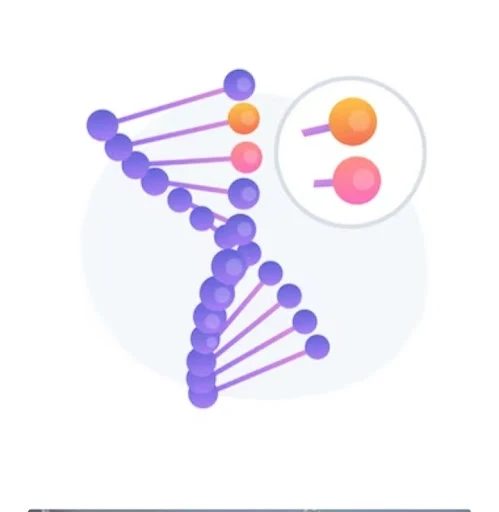Parkinson Disease and Treatment
Parkinson's Disease :- Causes Prevention and Treatment
More than 10 million people in the world are living with Parkinson Disease. Men are more prone to this disease.
Third world people are worst affected by Parkinson. Non coordination between body parts and dementia are major symptoms of this Parkinson.
Parkinson's disease a prevalent neurodegenerative condition casts a shadow over millions worldwide. Characterized by motor and non-motor symptoms. It prominently exhibits tremors muscle rigidity and bradykinesia. While a definitive cure remains elusive a closer look at its causes combined with groundbreaking prevention and treatment strategies can significantly enhance the lives of those affected.
Unraveling the precise origins of Parkinson's disease continues to be a challenging endeavor. However, several pivotal factors are linked to its onset.
1. Genetic Predisposition
In rare instances Parkinson's disease is attributed to specific genetic mutations. These mutations elevate the risk of developing the condition.
2. Environmental Influences
Exposure to toxins and environmental factors such as pesticides and industrial chemicals has been correlated with an increased risk of Parkinson's disease.
3. The Influence of Time
Aging is a substantial risk factor with the prevalence of Parkinson's disease rising with advancing age typically diagnosed after 60.
4. Brain Transformations
Parkinson's disease is marked by the degeneration of dopamine producing neurons in the brain. These neurons are crucial for motor control and their loss leads to the disease's motor symptoms.
Preventing Parkinson's Disease with Unique Approaches
While some risk factors like genetics and age remain beyond our control novel approaches can help lower the risk of Parkinson's disease.
1. Embrace a Brain-Boosting Lifestyle
Regular physical activity and a balanced diet are not only crucial for overall health but can also promote brain well-being enhancing mobility and balance.
2. Environmental Guardianship
Reducing exposure to toxins including pesticides and hazardous substances is imperative. Those working in highbrisk professions should take precautions.
3. Antioxidant Infused Nutrition
Consuming a diet rich in antioxidants prevalent in fruits and vegetables provides vital protection to brain cells against oxidative stress.
4. Smoking and Alcohol Reduction
Abstaining from smoking and moderating alcohol consumption is essential as both are linked to an elevated risk of Parkinson's disease.
Innovative Approaches to Managing Parkinson's Disease
Although a definitive cure remains elusive unique treatment modalities are available to alleviate the symptoms of Parkinson's disease and improve the quality of life for patients. These include.
1. Medication
The pharmacological arsenal includes levodopa dopamine agonists and anticholinergics offering relief from motor symptoms and improving mobility.
2. Pioneering Deep Brain Stimulation (DBS)
This surgical intervention involves implanting electrodes in the brain to stimulate specific regions mitigating symptoms such as tremors and rigidity.
3. Physical and Occupational Therapy
These therapeutic avenues help patients maintain mobility enhance balance and regain normalcy in daily life.
4. Personalized Lifestyle Adjustments
A tailored approach encompassing a well-balanced diet regular exercise and sufficient rest aids patients in addressing non motor symptoms including depression and sleep disturbances.
5. Holistic Support and Counseling
Support groups and counseling provide invaluable emotional and practical support to both patients and their caregivers.
Towards a Brighter Future
Parkinson's disease a complex condition with multifaceted causes necessitates a multifaceted approach to its prevention and management. While the precise triggers remain elusive novel methods to mitigate risk and enhance overall health are emerging. Additionally innovative treatments and interventions offer a beacon of hope for those living with Parkinson's disease, encouraging a future filled with potential breakthroughs in understanding prevention and comprehensive care.
 (photo credit to freeImages)
(photo credit to freeImages)













Comments
Post a Comment
Thanks